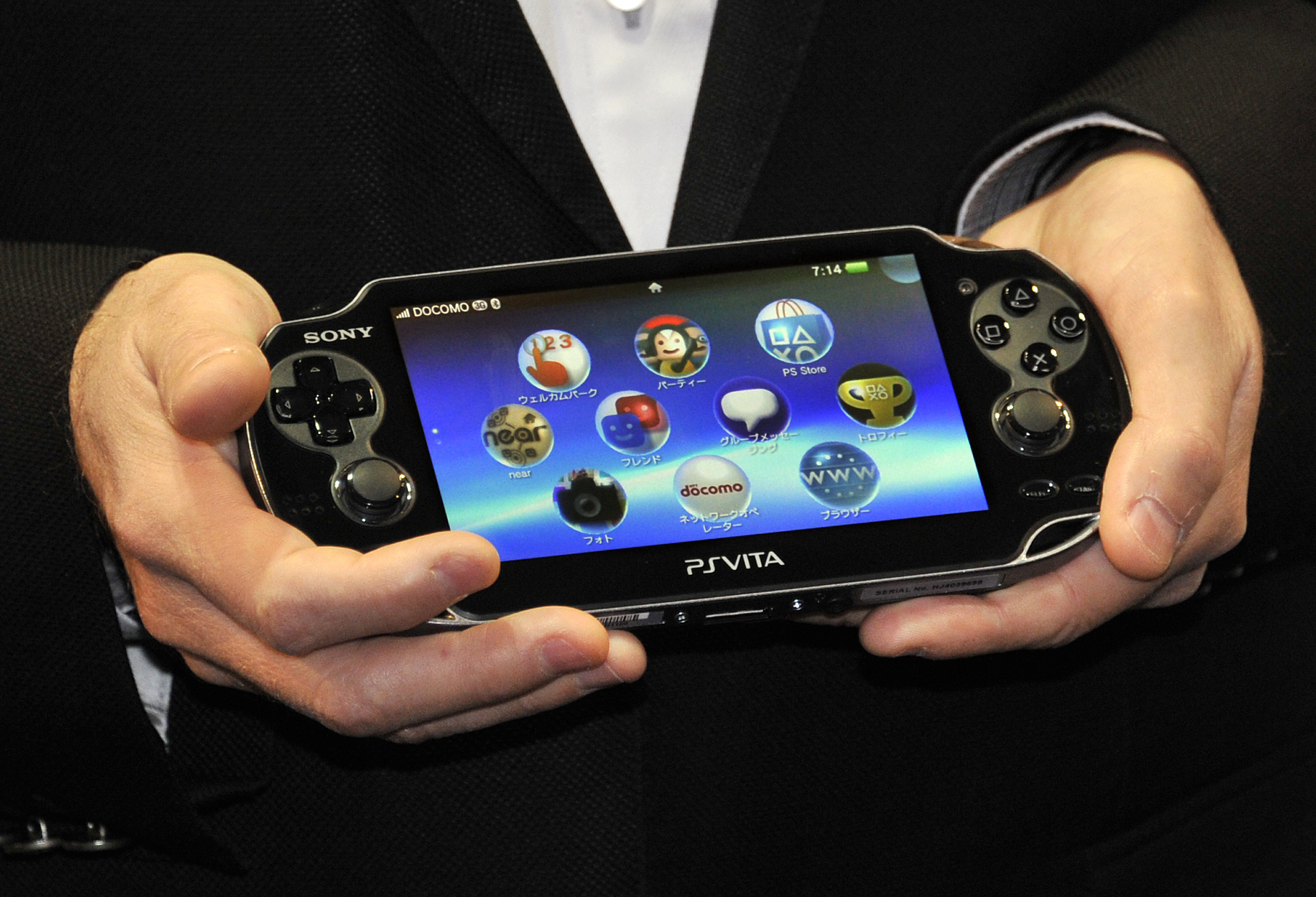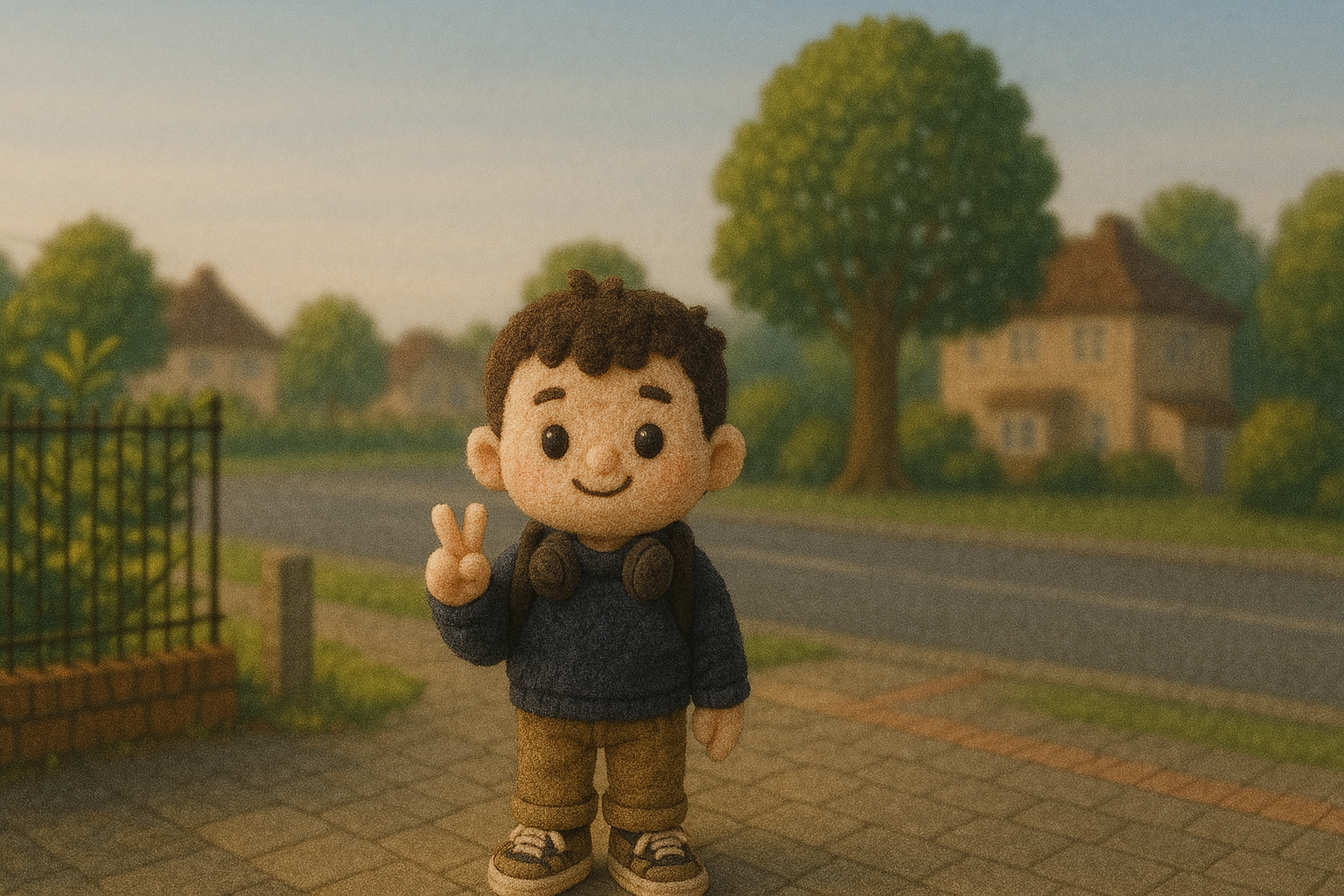
By all accounts, Sony's PS Vita handheld was a commercial failure. With an estimated 16 million units sold, it fell far short of touching the monumental success of its predecessor, the PlayStation Portable, which sold more than 76 million units worldwide.
The PS Vita's failure can be pinned on missteps by Sony as well as on changes in the mobile marketplace.
Yet with the recent success of the Nintendo Switch, the huge popularity of the PS4, and the unquenchable demand for where to buy PS5, now might be the time for Sony to call up its R&D department and begin work on a follow-up to the PS Vita. Here's why we believe Sony should create a PS Vita 2.
- PS5 restock: Where to buy the PS5
- PS5 vs Xbox Series X: Which console wins?
- Plus: The Black PS5 is finally here — and it's cheaper than we thought
Cult following
On YouTube and gaming forums, you'll find gamers waxing quixotically about everything the PS Vita still offers. From its clean lines to its piano-black finish, it feels modern and premium even though it launched nearly 10 years ago. Compared to the much newer and more powerful Nintendo Switch, Sony's diminutive handheld looks and feels doubly expensive.
While it does have a sub-HD screen at 960x544, the PS Vita rocked an OLED display, a major rarity in 2012. Some models also had 3G connectivity, exclusive to AT&T in the United States, and Bluetooth support. Not even the Nintendo Switch has built-in Bluetooth, requiring third-party accessory makers to use plug-in add-ons.
While the Vita's game library cannot compare to the Switch or even the PSP, it was a great platform on which to play indie titles and obscure Japanese games. Games like Persona 4 Golden might not have been major sellers, but they turned on an entire audience of Western gamers to JRPGs.
In the nearly two years since Sony stopped producing the PS Vita, fans have been mocking up various sequel concepts. One concept went viral on TikTok, garnering over 14 million views.
Sign up to get the BEST of Tom's Guide direct to your inbox.
Get instant access to breaking news, the hottest reviews, great deals and helpful tips.
@imkashama PlayStation ORUS 🖲 ##psp ##choisistateam ##LumiereSur ##Gaming
♬ PS ORUS - KASHAMA
We have the technology
When the PS Vita launched in Japan at the end of 2011, the mobile tech landscape was completely different from what it is today. Back then, quad-core processors and 512MB of RAM were cutting-edge. Today, even our list of best cheap phones includes devices with eight cores and 6GB of RAM.
A modern PS Vita would leverage the advancements of the past decade, using octo-core processors with advanced graphics hardware and plenty of RAM.
We believe a new Vita should adopt an upgraded version of Nvidia's Tegra processor, the same found on the Nintendo Switch, or instead use AMD's rumored Ryzen C7 platform. Both would be massive upgrades to the PS Vita's ARM Cortex A-9 and would be able to push modern graphics on the go.
The Vita was also hindered by its lack of storage. The original PS Vita shipped with no hard drive space and users had to buy Sony's proprietary and expensive PS Vita memory cards. A 32GB card ran for $130.
The PS Vita Slim version did include 1GB of onboard storage, but you still needed a memory card. Sony's exorbitant memory-card prices may have been one reason why the PS Vita had such a soft launch.
Sony likely did this in an attempt to cover costs, as the Vita was being sold at a loss. Another reason would have been to subvert piracy, which had been rampant on the PSP. Even then, this rubbed potential consumers the wrong way, and many continued using their Nintendo 3DS systems or stuck with gaming on phones.
If Sony introduces a PS Vita 2 that uses open storage-card formats like MicroSD, it'll likely fare better.
PS Vita 2: Cross Buy and Remote Play
The Switch showed it's possible for mobile hardware to produce console-quality gaming. The resolution and effects aren't as good as on a home console, but even intensive games like The Witcher 3 are playable on Switch.
This is where Sony should leverage its branding. It should make the Vita 2 a companion device to the PS5.
Sony can resurrect Cross Buy, the program that let gamers get both the PS4 and PS Vita version of a game with one purchase. Developers have told me that the process of compiling certain types of games for Vita was so easy that game buyers would have bene foolish not to opt into the Cross Buy program.
Granted, this applied best to simpler indie games, and the cross-compilation process would have been more involved with graphically intensive titles.
But considering the scalability of gaming software today, it could be possible for a game like the Spider-Man: Miles Morales to be played on a 720p screen. Ray-tracing and other new graphics effects may not be present, but as you can see on games ported to Switch, it's not impossible.
Remote Play would be another selling point for Vita 2. It lets gamers on Macs, PCs, or smartphones connect to their home consoles and stream games via an internet connection. Think of it as Google Stadia, but instead of streaming from Google's servers, you're streaming from your PS5.
En cherchant PS Vita 2 Concept on trouve parfois des designs inspirés et relativement réalisables... mais aussi des concepts d'interface utilisateur améliorées pour la Vita actuelle.Source UI Concept : https://t.co/YgaH3QHMHLSource Vita Concept 2017 : https://t.co/NMhNaYYzM2 pic.twitter.com/ap4iuG6OpiDecember 20, 2019
Is there a dock on board?
The brilliance of the Nintendo Switch comes from its pick-up-and-go seamlessness. You can start off playing on your television and, within seconds, continue where you left off while riding away in an Uber. If the PS Vita 2 had a similar dock, it would be a major boon to the platform.
While I thoroughly enjoyed playing through the Japanese RPG Persona 5 on PS4, being limited to playing that game only while sitting on the couch made getting through it more of a slog. I couldn't take the game with me on the subway, though I did leverage remote play whenever I could.
It's almost certain that like past Persona games, the upcoming Persona 6 would be a PS5 exclusive. If I could undock a PS Vita 2 and take it with me, it would alleviate some of the grinding necessary in the 100-plus hour JRPG. This is also why many gamers continue to demand that Persona developer Atlus bring the current Persona 5 to Switch.
The Vita 2's dock could connect directly to the PS5. Practically, this would keep the Vita 2 charged at all times, but it would also ensure information was being shared between both devices. Whenever a user would need to grab their Vita 2 and go, their Demon's Souls progress would have transferred over, allowing them to continue playing right where they left off.
Final thoughts
Sony believes the failure of the Vita was due to the rise of smartphone gaming. That's true, to an extent. Mobile gaming, while less precise, benefits from being attached to technology you already have, and many mobile games can be downloaded for free. Smartphones have become so necessary that Apple has all but retired its phone-free iPod Touch line.
For the PS Vita 2 to succeed, Sony will need to address the smartphone issue head-on. If Sony is willing to give the Vita 2 Android support and to put a cellular chip on board for some models, it could help the device plant its footing in a competitive mobile market.
What we do know is that Sony doesn't have the clout that Nintendo has. For the Vita 2 to succeed, it needs to understand what Nintendo does best and what Samsung does best, and then do both. If not, then I'll be writing an article in 10 years about why Sony should make a Vita 3.
- More: Here's our constantly updating guide on where to buy PS5
Imad is currently Senior Google and Internet Culture reporter for CNET, but until recently was News Editor at Tom's Guide. Hailing from Texas, Imad started his journalism career in 2013 and has amassed bylines with the New York Times, the Washington Post, ESPN, Wired and Men's Health Magazine, among others. Outside of work, you can find him sitting blankly in front of a Word document trying desperately to write the first pages of a new book.

